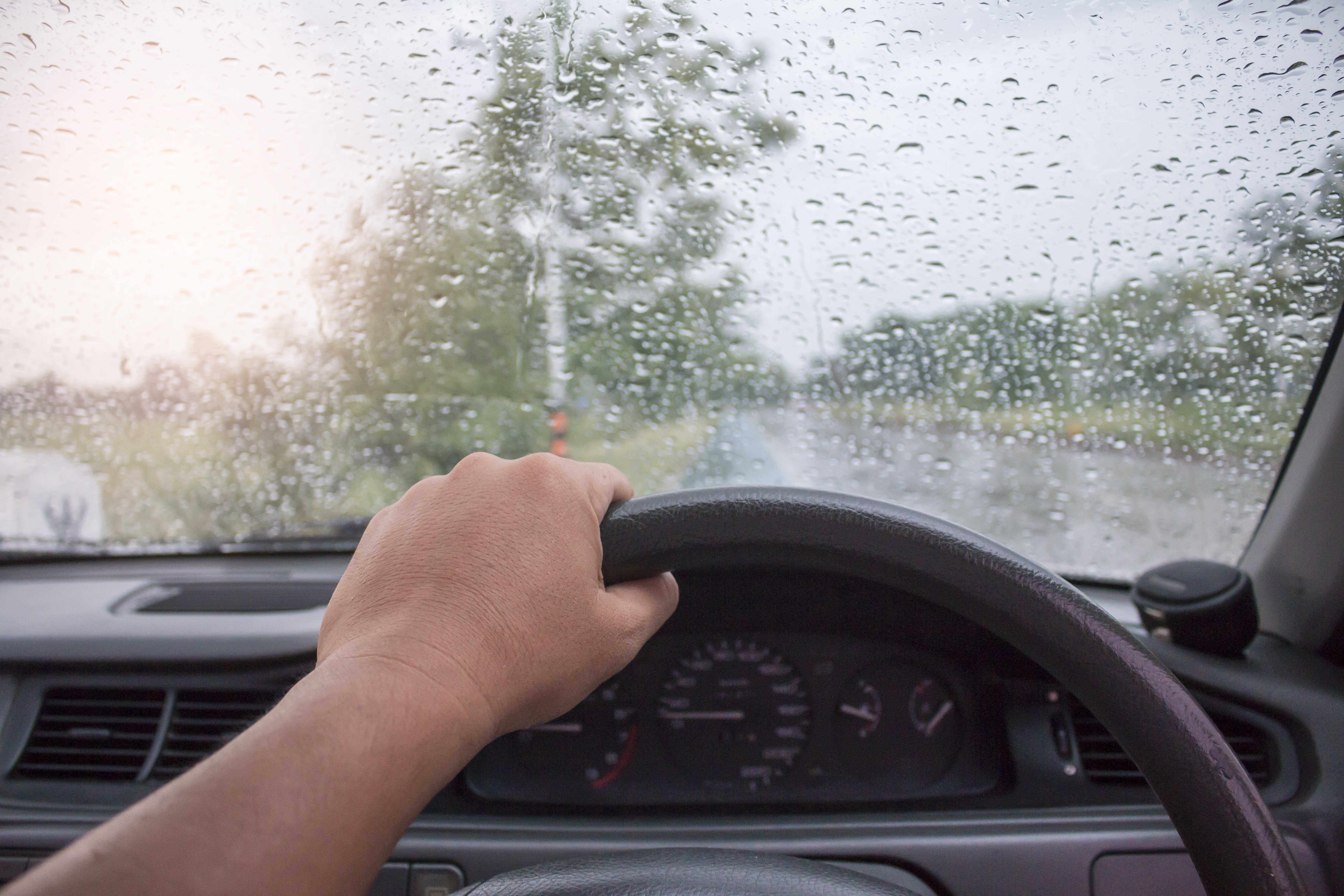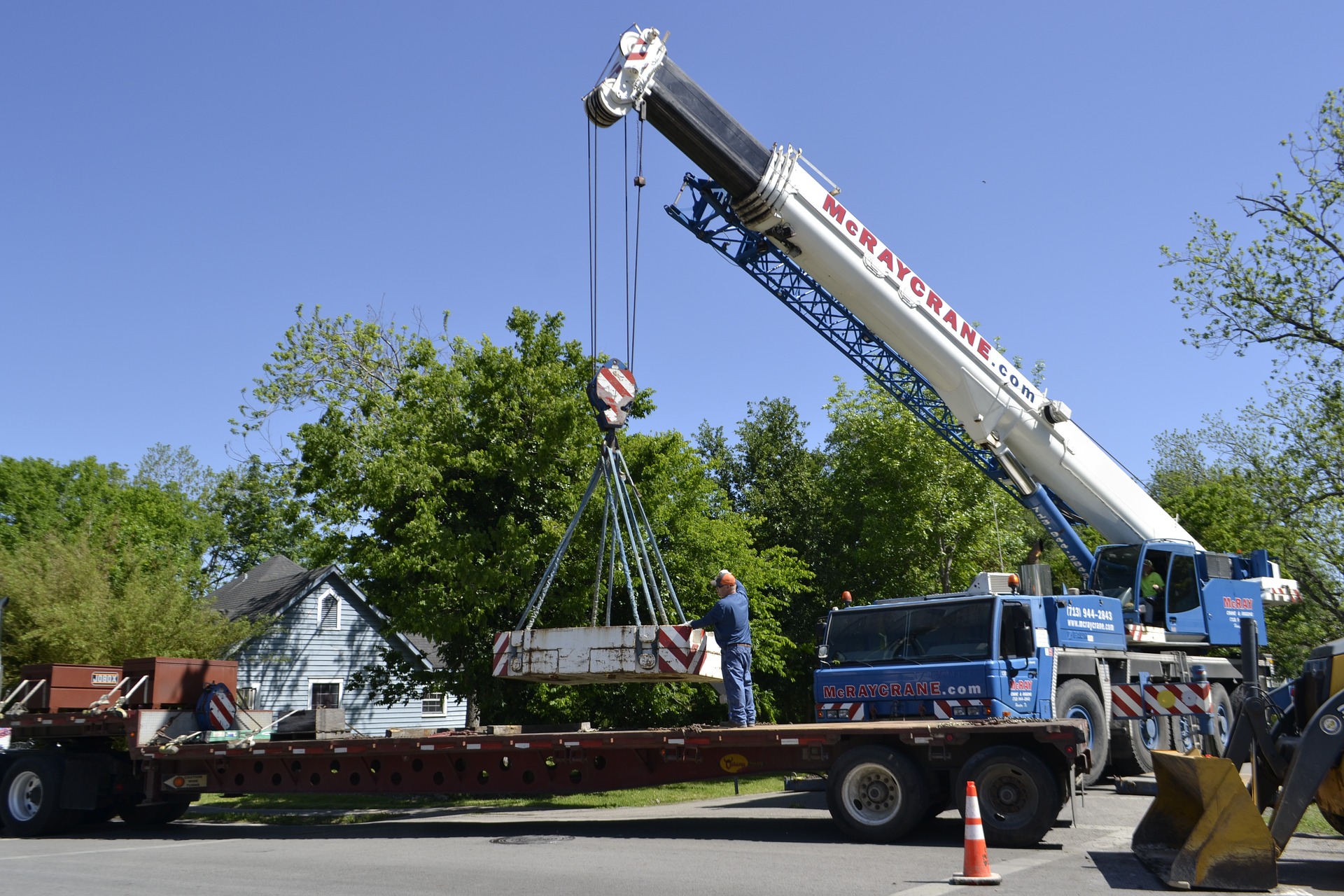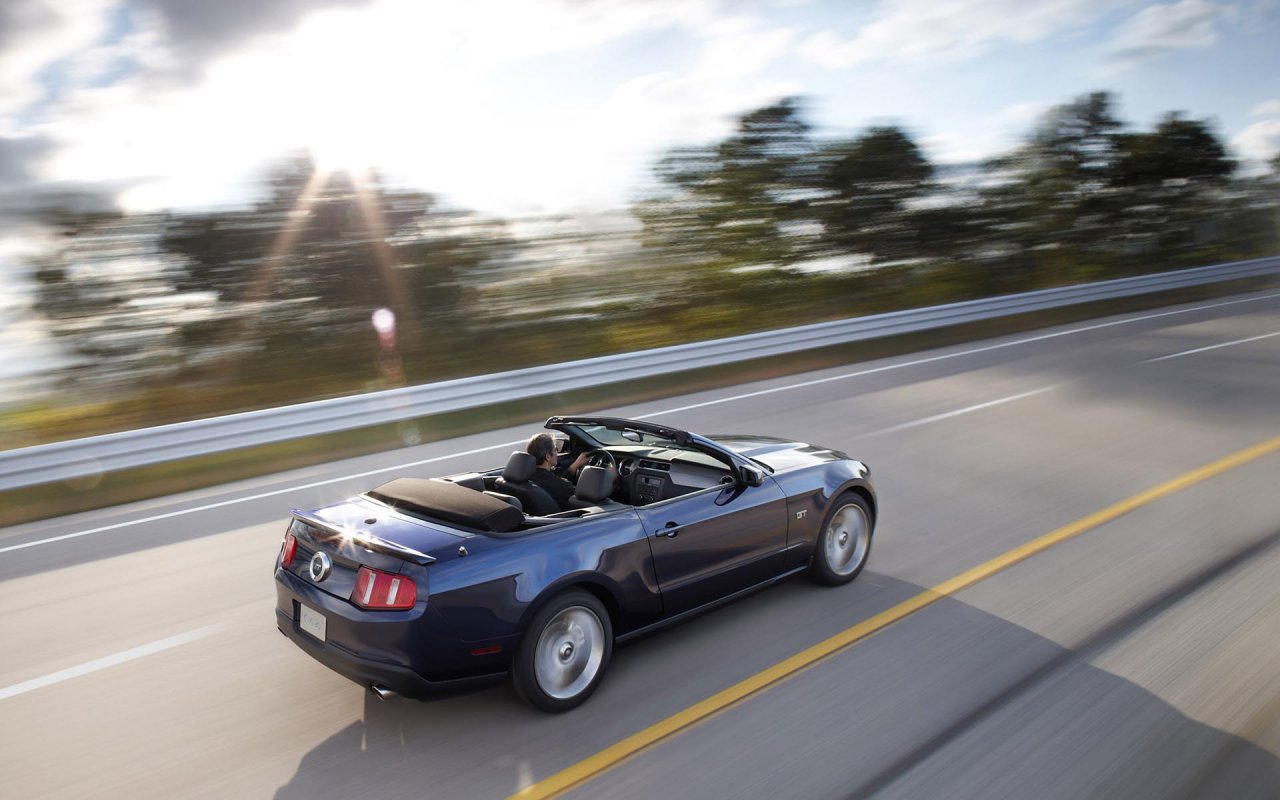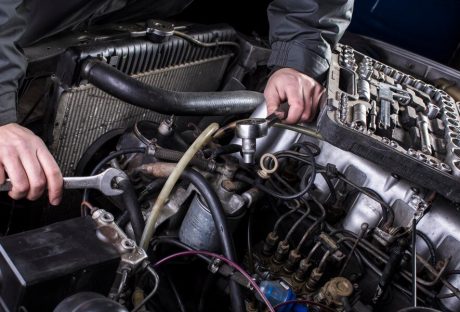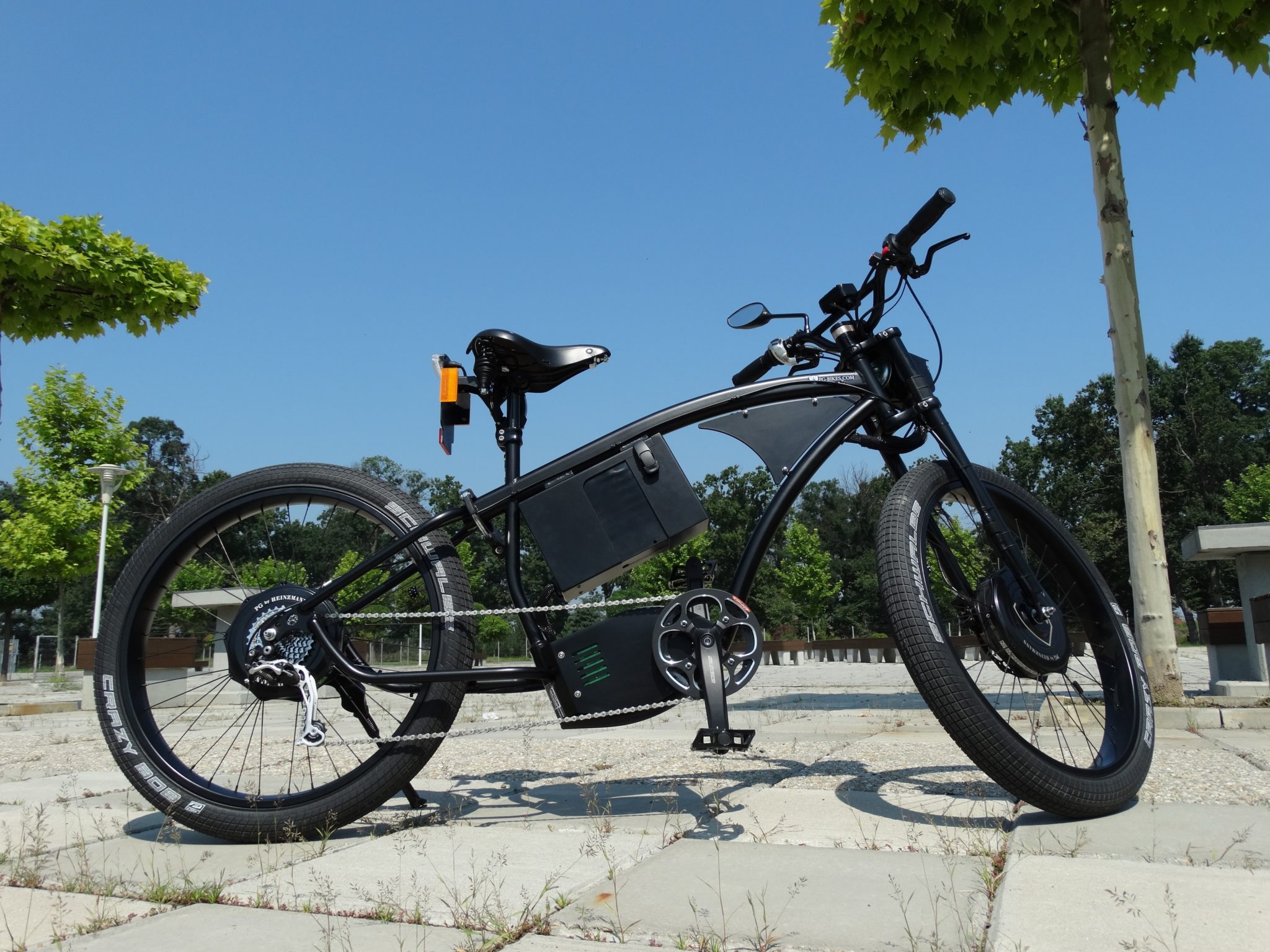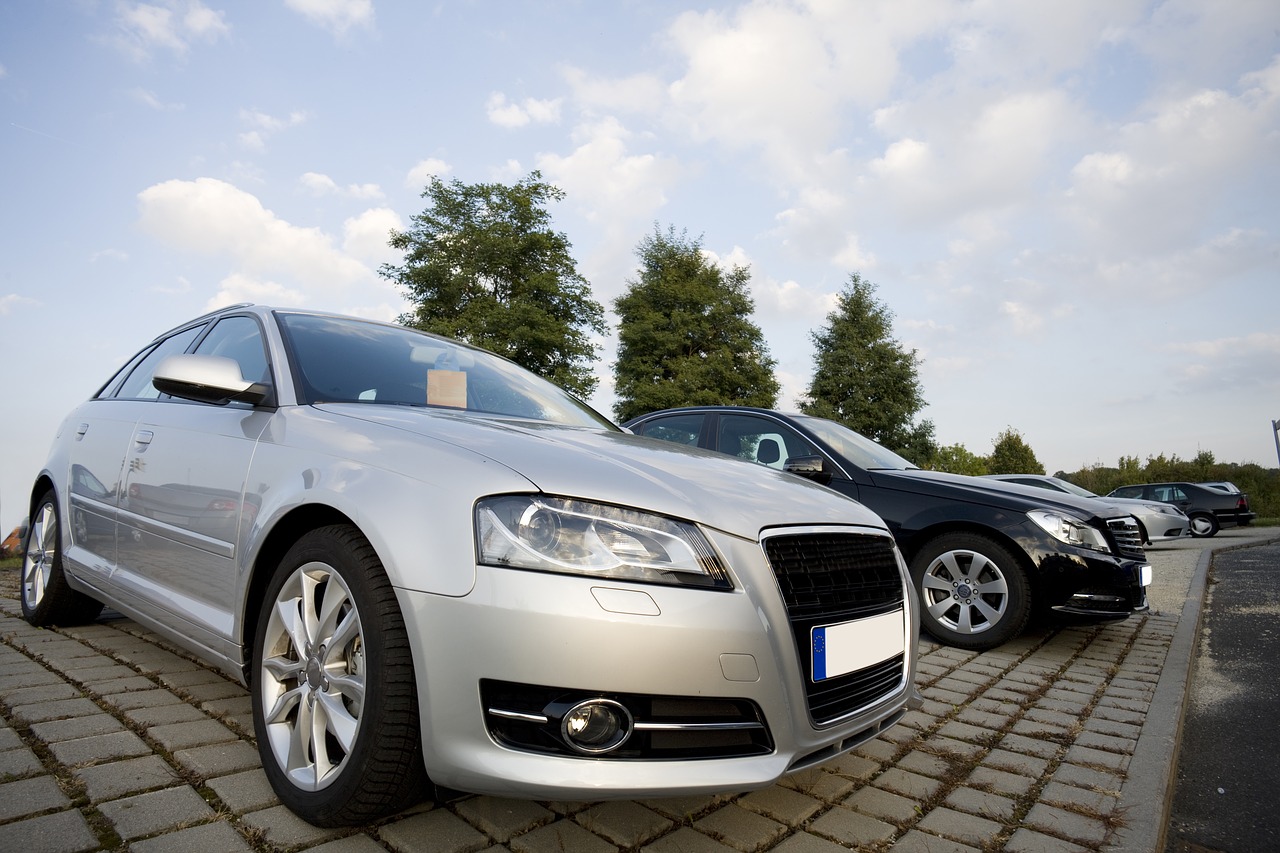Accidents can happen, including those on the road. Sometimes, car accidents are difficult, if not impossible, to avoid, and certain conditions can make it more likely that you will get into a collision. If the weather conditions are less than perfect, such as in windy or wet weather, it can make for a disastrous situation. However, there are always things you can do to avoid getting into a car accident. In general, there are seven things you should do when you are driving in bad weather conditions in Brisbane, Australia.
7 Things to Do When Driving In Bad Weather Conditions:
1. Slow Down:
First and foremost, you should always slow down when driving in bad weather. This is important even if your vehicle is equipped with all-wheel drive capabilities. At the very least, you should reduce your speed to around 10 miles below the posted speed limit. If the weather is particularly bad, you may want to reduce your speed to around 15 miles below the speed limit. Driving slower can greatly reduce your risk of getting into an accident. Even if you do have an accident, it will be far less severe.
2. Avoid Tailgating Other Vehicles:
You should always avoid tailgating other cars, to begin with, but this is that much more important when you’re driving in poor weather. When it’s raining and the roads are slick, it’s more difficult to slow down or stop when you need to when you are traveling too closely behind the car directly ahead of you. You should leave at least a good 100 yards or 4 seconds between you and the vehicle in front of you. If you are driving a larger vehicle, such as a caravan, truck or trailer, you should double those numbers to be safer.
3. Turn On Your Headlights:
Whether it is raining or it’s a foggy day, you should turn on your headlights and set them to your low beams. It’s easier to see with your low beams turned on. You should always avoid using your high beam headlights in bad weather conditions as it can make it more difficult to see and the light can simply reflect off the rain or fog. However, if you’re driving in foggy conditions, you can turn on your fog lights if you have them.
4. Avoid Driving Through Flooded Areas:
During the summers in Brisbane, there is more flooding. As a result, there are more areas on the road that will be flooded. To be safer on the road, you should avoid driving through any flooded areas. You may have difficulty gauging how deep the water is, which is extremely dangerous. If you drive in those areas and water gets into your engine, your vehicle will abruptly shut off. If you learn of any flooded areas before you get in your car, you should avoid driving in those areas. Find an alternate route if possible so you can completely avoid traveling on a flooded road.
5. Brake More Slowly:
When you are driving in bad weather, especially if the roads are wet with rain, it’s important to brake more slowly and carefully. If you brake too sharply or quickly, it can result in a disastrous situation. You can end up losing control of your vehicle and skidding out or even crashing. Gently tap on your brakes until you are able to come to a complete stop. You should also try to ease up on the gas pedal to slow down in slippery areas of the road and then tap your brakes to stop.
6. Avoid Hydroplaning:
Hydroplaning occurs when your tyres are not actually touching the surface of the road during heavy rainstorms. Instead, you are traveling over the surface of the water, which is a very dangerous driving situation. Usually, this happens when you are traveling at too fast speed in this type of weather or when your tyres are worn out and have too little tread depth. Hydroplaning can cause you to lose control of the steering wheel and prevent you from slowing down or stopping. If you find yourself hydroplaning, stay calm and lift your foot up from the gas pedal to slow down. As your speed decreases, your tyres will readjust so that they are again on the road’s surface. Be careful and steer carefully while slowly breaking as your speed slows down.
7. Avoid Side Roads:
Although it might be tempting to take side roads while you are driving in bad weather conditions, it can actually be more dangerous. Smaller side roads can be even worse when the rainfall is heavy. The main roads are safer and easier to travel through as city officials are more likely to concentrate on clearing them due to heavier traffic. There is also a greater likelihood that you can get help if your car suddenly stalls on a larger road. It is also better to drive in the middle lane on large roads as it keeps you away from the areas where there is more flooding.
Driving in Brisbane during bad weather conditions is certainly easier when you follow these important steps. If you do get into an accident and suffer injuries and car damage, you should immediately contact car crash lawyers in Brisbane to discuss your options for starting a claim to recover compensation for your medical expenses and other damages.
Read Also:













